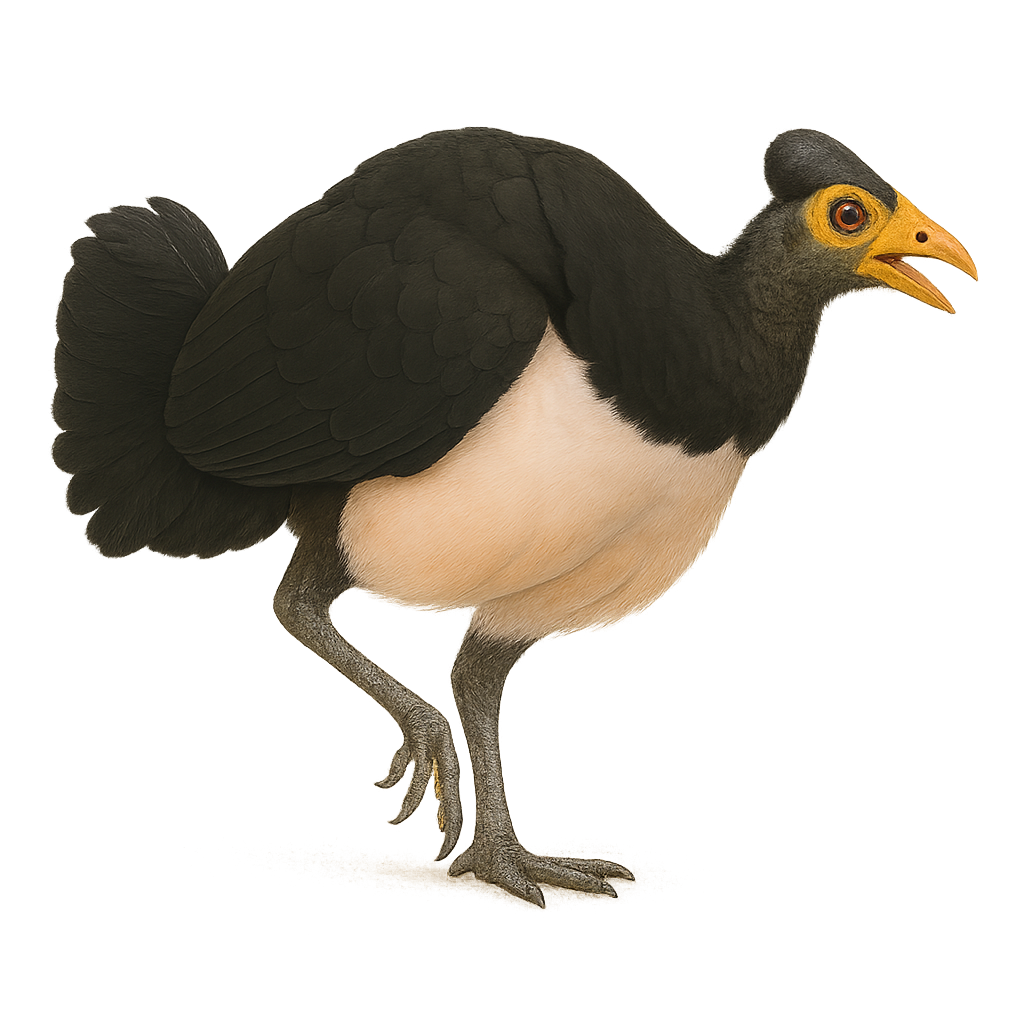Your wildlife photography guide.
Explore the maleo in detail, study its behavior, prepare your shots.
Where to observe and photograph the maleo in the wild
Learn where and when to spot the maleo in the wild, how to identify the species based on distinctive features, and what natural environments it inhabits. The WildlifePhotographer app offers tailored photography tips that reflect the maleo’s behavior, helping you capture better wildlife images. Explore the full species profile for key information including description, habitat, active periods, and approach techniques.
Maleo
Scientific name: Macrocephalon maleo

IUCN Status: Endangered
Family: MEGAPODIIDAE
Group: Birds
Sensitivity to human approach: Suspicious
Minimum approach distance: 10 m
Courtship display: August to December
Incubation: 60-85 jours
Hatchings: October to March
Habitat:
Tropical forests, volcanic beaches, geothermal areas
Activity period :
Primarily active during the day, with peak activity in the morning and late afternoon.
Identification and description:
The Maleo, or Macrocephalon maleo, is an endemic bird of Sulawesi, Indonesia. Recognizable by its distinctive black crest and black-and-white plumage, this bird is famous for its unique breeding method. Unlike most birds, the maleo buries its eggs in the warm sands of volcanic or geothermal beaches, using natural heat for incubation. Once hatched, the chicks must fend for themselves, digging their way to the surface and flying immediately. The maleo is an endangered species, mainly due to habitat loss and egg collection by humans. Conservation efforts are underway to protect this fascinating bird and its natural habitat.
Recommended lens:
400mm – adjust based on distance, desired framing (portrait or habitat), and approach conditions.
Photography tips:
To photograph the Maleo, it is advisable to use a telephoto lens of 400 mm or more to capture detailed images without disturbing the bird. Since this bird is active during the day, it is best to photograph it early in the morning or late in the afternoon to take advantage of the best light. Be discreet and maintain a safe distance of at least 10 m to avoid disturbing its natural behavior. Focus on volcanic beaches or geothermal areas where the maleo is likely to lay its eggs.
The WildlifePhotographer App is coming soon!
Be the first to explore the best nature spots, track rutting seasons, log your observations, and observe more wildlife.
Already 1 430 wildlife lovers subscribed worldwide

